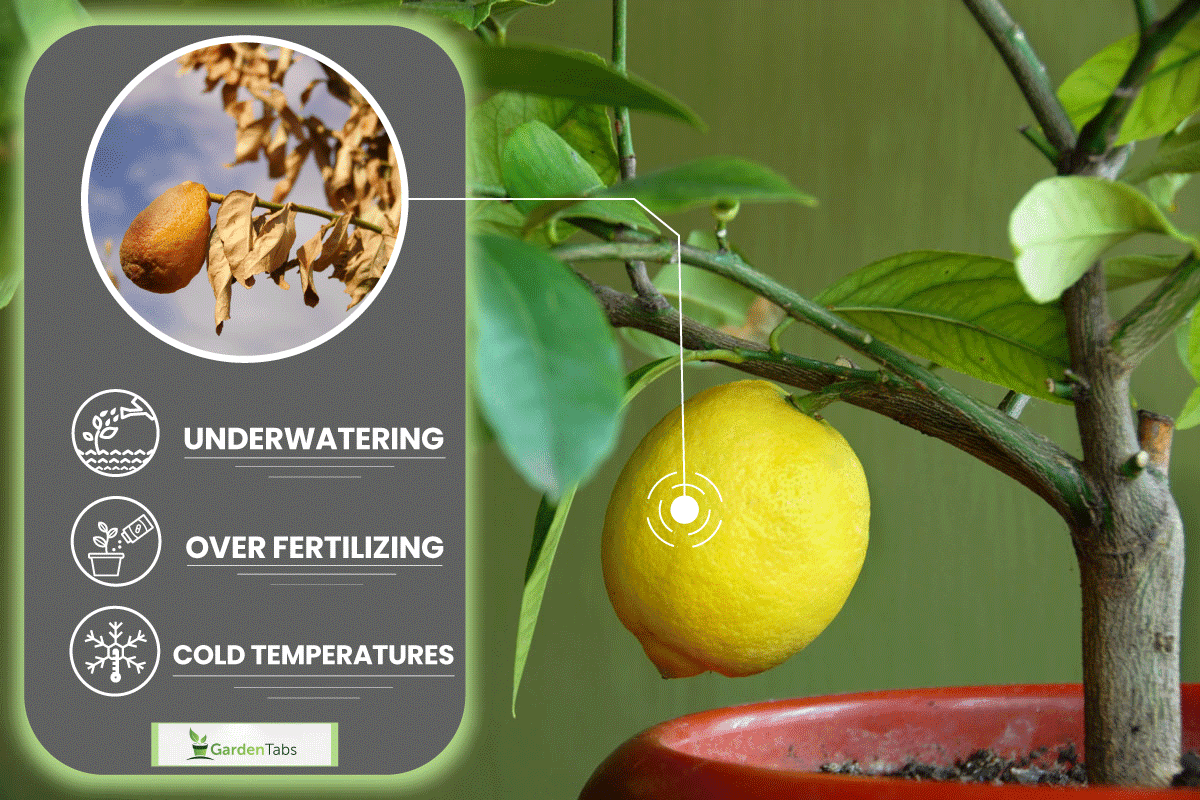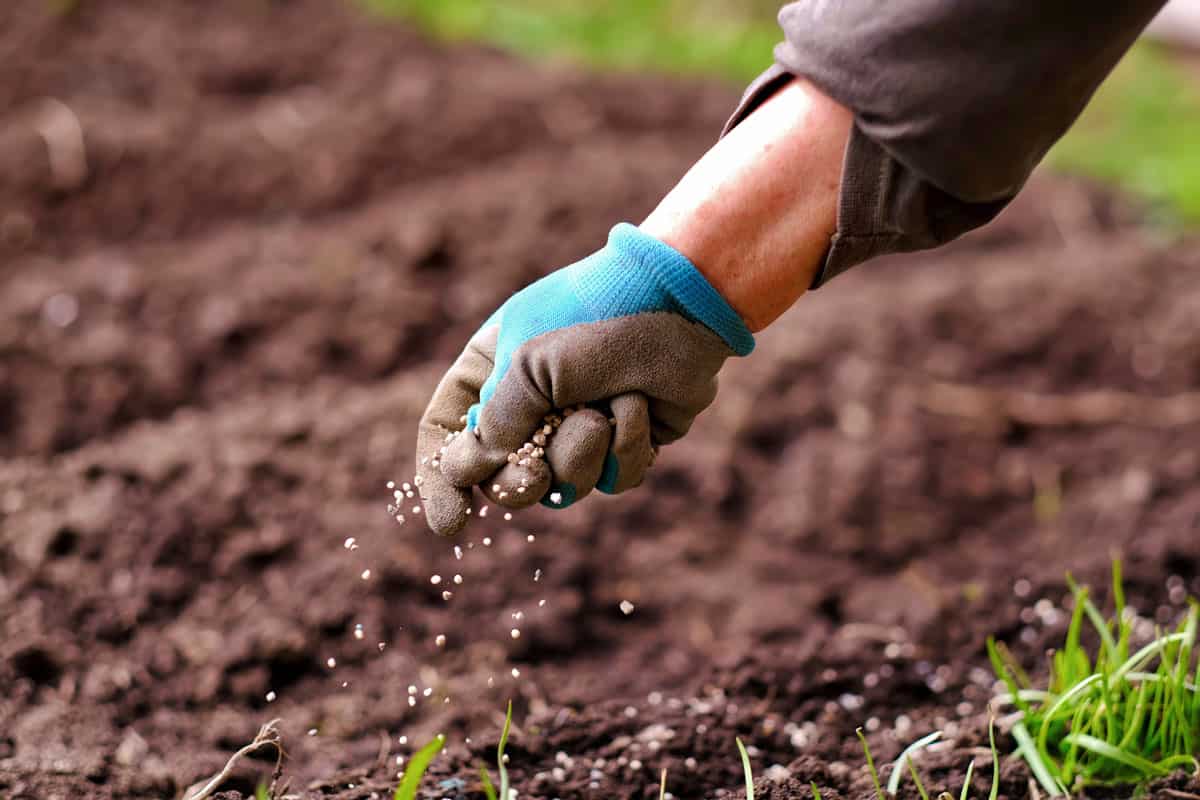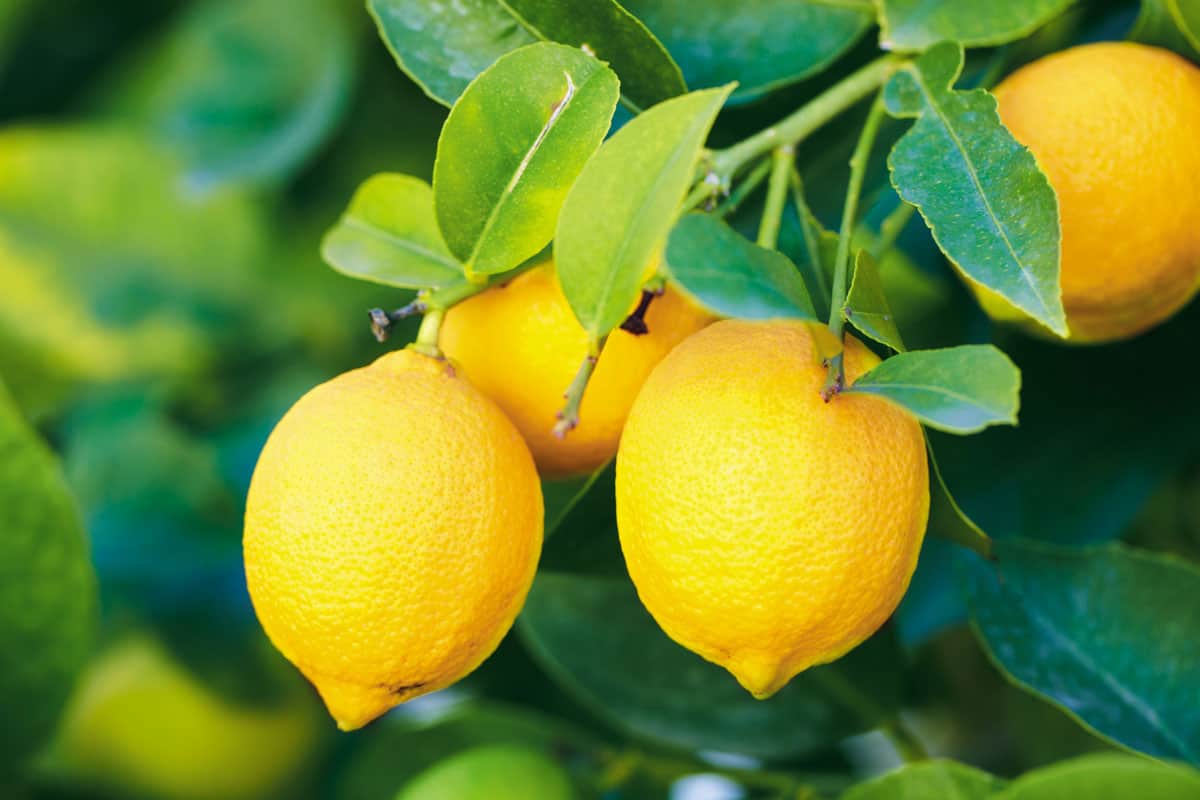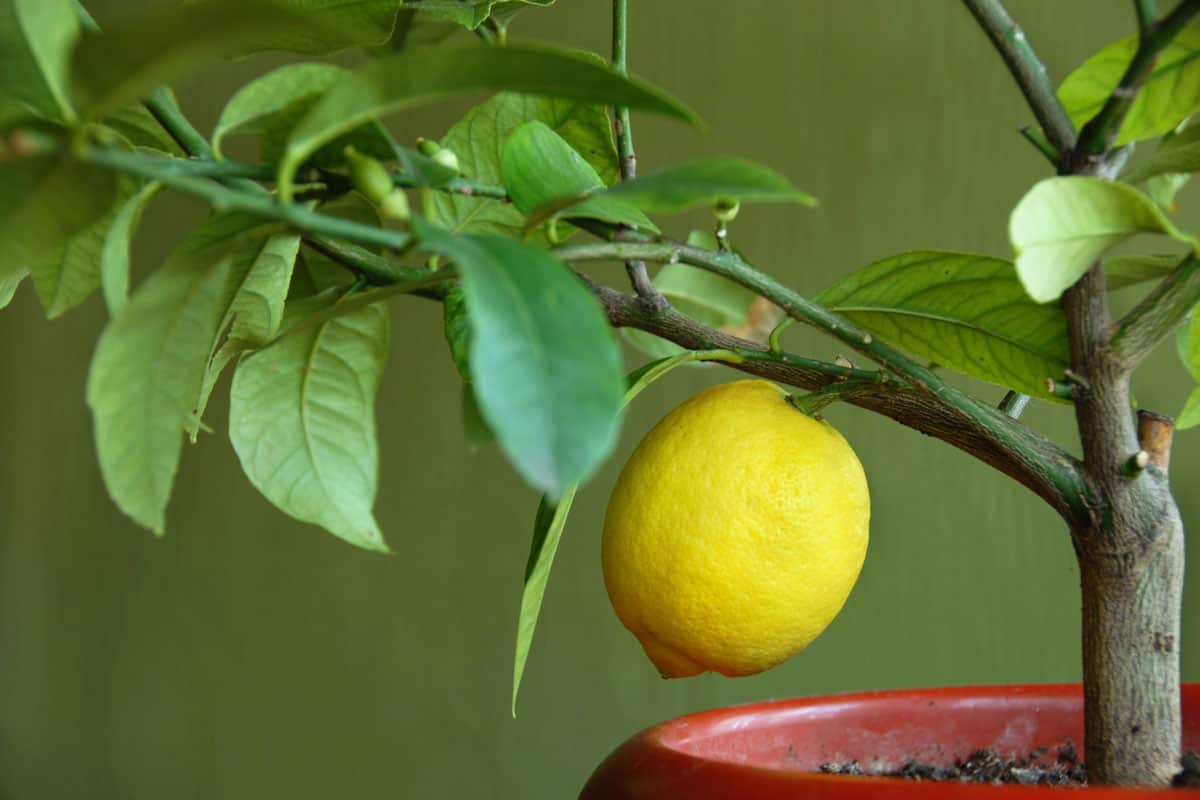Would you like to know why your lemon tree is dying? Well, we have researched this topic and have the answers for you. It's vital to understand why your lemon tree is dying if you are to take the proper measures to help it.
There are four leading causes of your lemon tree dying. They are as follows:
- Overwatering
- Underwatering
- Over-fertilizing
- Cold temperature exposure
In this article, we will explain why your lemon tree is dying. We will also answer other interesting questions, such as how you transplant a lemon tree and what zones can you grow lemon trees outside. Keep reading to learn more.

Why My Lemon Tree Is Dying: Causes and Remedies
If your lemon tree is dying, several likely causes must be checked. Let's look at each of these causes of lemon tree death and learn how to identify and treat them.
Overwatering

One of the most common reasons your lemon might be dying is overwatering. Overwatering can lead to many health problems for your lemon tree. Many fungal and bacterial infections start with overwatering.
Not only does overwater attract disease, but with too much water in the soil, the roots won't be able to breathe well, and the plant will start dying.
Signs that you are overwatering your lemon tree include yellow dying leaves and soil that is wet to the touch. If your soil is soaked, you need to stop watering immediately.
Allow your lemon tree's soil to dry for a few days to remedy your overwatering. Next, restart watering with shorter watering times and fewer days a week.
Keep checking that the soil isn't too wet and adjust watering times accordingly.
If your lemon tree has caught a fungal or bacterial infection from overwatering, you will notice black or white spots on your lemon tree's leaves. The solution is to spray your lemon tree with a fungicide or bactericide.
While fungal infections usually make white spots and bacteria usually make black spots, distinguishing them can often be challenging. The best way to ensure you get whatever is causing your lemon tree to be sick is to spray it with a fungicide-bactericide combo.
Here are two of the best Amazon sprays that treat fungal and bacterial infections.
Monterey Fungicide & Bactericide
You can find this product here on Amazon.
Bonide Fungicide & Bactericide
You can find this product here on Amazon.
Underwatering
If you are underwatering your lemon tree, you will notice its leaves wilting, and the soil will be dry. Sometimes just the top of your soil is dry, which is normal. If your soil is dry several inches deep, then you are underwatering.
The solution for underwatering is to water more, but it isn't as easy as it may seem. You don't want to increase the water too much or run the risk of overwatering, which can lead to infections and death.
You should increase watering times by a few minutes and wait a week to see how your lemon tree responds. If your lemon tree is still wilting and the soil is still dry a few inches down, increase watering times by a few more minutes.
While it can seem tempting to increase your tree's water quickly, you risk hurting it more.
Since the tree is weak from underwatering, it won't be able to fight off fungal and bacterial infections and may die if water is added too quickly.
Over-Fertilizing

Over-fertilizing is one of the easier-to-identify causes of lemon tree death since it will have started a few days after fertilizing, and the edges of the leaves will look brown and burnt.
When too much fertilizer is added, it begins to burn your plant. To survive, your plant will pump excess fertilizer to the ends of its leaves to try and keep it from hurting the core of the plant.
You need to flush out the extra fertilizer to help your lemon tree when it's over-fertilized. Fertilizers come in the form of salts that readily dissolve in water. To flush out excess fertilizer, allow a hose to soak the ground around your lemon tree for several hours.
After thoroughly soaking the ground around your lemon tree, allow it to dry for several days. This step is essential to prevent fungus and bacteria from attacking your tree.
After a few days, you should notice your lemon tree looking much healthier. If your lemon tree is still struggling, try soaking the ground again.
Cold Temperature Exposure
Cold temperatures are the enemy of lemon trees. Lemon trees prefer never to be colder than 50 degrees. While your lemon tree can endure temperatures as low as 30 degrees, it can't tolerate them for long.
Signs that your lemon tree is dying because it got too cold are wilting leaves and yellow patches along the veins of its leaves. If your lemon tree is in a pot, you want to take it inside. You can also try transplanting it to a warmer area in your yard.
If you live in the northern hemisphere, then the south side of your house should reflect extra sunlight, making it the warmest part of your yard. In the southern hemisphere, it's the north side of your home.
If you wish not to transplant your lemon tree and you're aware of freezing weather approaching, you can cover your tree with burlap and pile leaves around and on the burlap to create a cold shield.
This cold shield will help protect your tree from a cold snap but can't do much for a long cold winter.
How Do You Transplant A Lemon Tree?

To transplant a lemon tree, dig a hole around the base of your tree with a radius of 1 to 2 feet from the bottom of the tree, depending on whether your lemon tree is small or large.
Dig your hole deep enough to capture the central root mass.
You need to cut the roots holding your lemon tree to the ground as you dig your hole. As you expose the roots, use loppers to ensure clean cuts, which will help them heal.
Once you have entirely disconnected your lemon tree from the ground, lift your tree out of its hole by gripping tight to the base of the truck and lifting it straight up. Set aside the lemon tree and prep the spot where you will place it.
While you can dig the hole before uprooting your lemon tree, it's hard to know precisely how large a hole to dig until after you've removed the tree. Your lemon tree will also be okay uprooted for at least 2 hours.
Once you have dug the hole you need, gently lower your lemon tree into its new home.
Fill in gaps between the tree's root mass and the hole with the dirt you excavated from the other hole. Use a shovel handle to compact the ground around the base of your lemon tree tightly to keep the tree from leaning.
Use the leftover dirt to fill in the hole from where you removed your lemon tree. Give your lemon tree a big drink of water, and you are finished transplanting.
What Zones Can You Grow Lemon Trees Outside?
A system known as hardiness zones keeps track of what areas can grow what types of plants.
The average lowest yearly temperature separates hardiness zones, and lemon trees prefer to live in regions between hardiness zones 9 and 11.
Hardiness zone 9 has an average yearly low of 20 to 30 degrees Fahrenheit and hardiness zone 11 has an average annual low of 40 to 50 degrees. The lower the hardiness zone, the colder the average yearly low.
Lemon trees are sub-tropical, which means they do great in the heat and can even handle drought but are very weak to the cold.
Places around the United States that can grow lemon trees outside include much of the west coast and most of the southern states. Hawaii and Puerto Rico can also grow lemons, but lemons are off the table for Alaska.
How Do You Grow A Lemon Tree Inside?

If you do live in a hardiness zone below 9, all is not lost. If you want to grow a lemon tree, you can do so inside with a pot.
Small lemon trees can be grown inside a 10 to 12-inch diameter pot, but this will only work for lemon trees that are 2 to 3 years old.
If you want to grow a lemon tree inside capable of producing lemons, you will need a 20 to 25-gallon pot. You can either use a pot or half a whiskey barrel.
Whisky barrels are 53 gallons, making a half-barrel the perfect pot for a lemon tree.
One thing to pay attention to when growing a lemon tree inside is over-watering. Since the water can't escape from a pot the same way as it would outside, it's more susceptible to overwatering.
The same is true with fertilizer. It's critical to keep this in mind when fertilizing and applying fertilizer conservatively.
Final Thoughts

This article taught us about the four leading causes of lemon tree death and how to remedy them. We also learned the proper way to transplant a lemon tree.
Remember, while lemon trees need to be in at least hardiness zones 9 to 11 to live outside, you can always grow your lemon tree inside.
Made it to the end? Check out these related posts!


